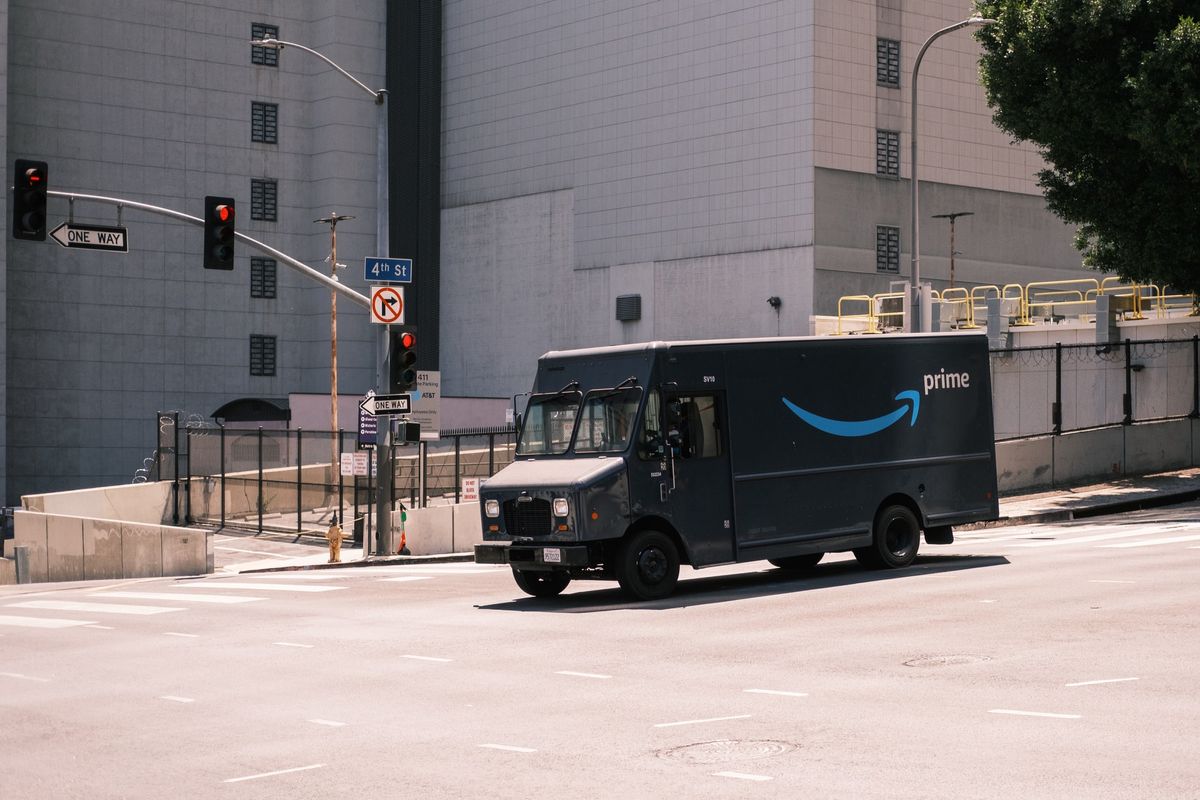How Big Is Amazon? Almost Too Big to Measure

Jeff Bezos’ yacht is so big they may have to disassemble a bridge in Rotterdam to get it out to sea. Back on shore, Amazon’s third-party marketplace now gets 25 cents of every online shopping dollar.
Were Amazon’s marketplace an independent platform, it would be the largest online retailer in the U.S., according to Marketplace Pulse.
Yes, that’s right, Amazon’s marketplace is even bigger than Amazon. If this sounds confusing, it’s because most shoppers don’t realize that much – most, maybe? – of the stuff they see on Amazon is placed there by third parties in the so-called “marketplace,” which looks just like the rest of Amazon.
It’s sort of the latest iteration of eBay, the original sidewalk sale site, which has now fallen below five percent. Walmart and Target are trying to catch up but are still way back in Amazon’s dust. In fact, as Marketplace Pulse measures it, Amazon (both the marketplace and Amazon Retail) control over 90 percent of the online market.
In other words, Amazon is the online market, for all practical purposes. Even if you took away the marketplace – which many people would like to do – Amazon would still be the biggest online seller.
This makes the Rotterdam bridge question look pretty routine. It also irks consumer advocates and regulators, who tend to feel strongly that anything as big as Amazon needs to be disassembled, just like the poor old Rotterdam bridge. Labor leaders would also like to take a wrench to the whole assembly.
But in the midst of all this, Bezos appears unperturbed as he prepares to weigh anchor and sail away while the folks back home in Seattle prepare to raise the annual Amazon Prime subscription fee to $139 per year, up from $119 (for those who pay annually).
There has been some grousing about this but the general reaction seems to be a shrug. After all, the $139 lets you buy stuff and get it (maybe) in a day or two with no shipping charges. And there’s all the other great stuff – streaming video (featuring lots of expensive movies), music streams, discounts at Whole Foods and so forth.
What’s missing from Prime? Low prices, maybe
Gee, is there anything that isn’t included in Prime? Well, a lowest-price guarantee for one thing. There has always been a subset of retailers who promise the lowest possible price day in and day out. Whether they achieve this may be open to doubt but it is at least a stated goal.
The picture is a little different over at Amazon. For one thing, prices in the marketplace are set by individual sellers, who can pretty much charge whatever they want.
Let’s say you want to buy a big jar of the mixed nuts that are a Costco trademark, Obviously, Amazon doesn’t sell Costco products but, it turns out, Amazon marketplace sellers do.
Well, that seems like a lot of money for a bunch of nuts. We went over to Costco to see if we could do better and, sure enough, the same nuts on Costco’s site were $17.49 each – $34.98 for two. Hmmm, let’s see – that’s a $12 mark-up for some anonymous marketplace seller who apparently goes over to Costco now and then and loads up on nuts.
Someone in our household who shall go unnamed occasionally orders these very nuts from Amazon even though we’re Costco members. They come wrapped in brown paper one time or stuffed into a USPS Priority Mail envelope the next, looking as though they had been wrapped by someone’s grandmother.
Asked why she orders Costco nuts from Amazon at a higher price, this person said it was “habit, I guess.”
Prime example of an expensive habit
OK fine, but price difference aside, there is still the cost of shipping to consider. Prime shipping is free and delivery is usually prompt, though not always as prompt as promised. But if you order the nuts from Costco, you may get hit with a $3 charge for two-day shipping unless you order $75 or more. Even with that, you’d still be $9 ahead at Costco.
One consumer we heard from recently had a similar tale about vacuum cleaners.
“My wife is looking for a new hand-held vacuum like the ‘Animal’ from Dyson. She was comparative shopping different models from different manufacturers. One model was $200 cheaper at Walmart compared to Amazon,” the consumer said.
Walmart starts its own Prime-style program
As noted earlier, Walmart is trying to at least get into the same county as Amazon in the online destruction derby. In October 2020, it started Walmart+, which for $98 a year gets you free and “fast” (how fast isn’t specified) delivery on a growing batch of items, although for same-day delivery, you need to buy $35 worth of goods.
The Plus program also gets you discounts on in-store items and gas as well as an in-store check-out program that is supposed to be faster and easier.
One thing to keep in mind: Walmart is bulking up its marketplace, opening it up to the same third-party sellers who have sometimes caused problems at Amazon.
The lesson in all this? Unless you have money to burn, do a little comparison shopping now and then. Don’t assume Amazon is always cheaper.
